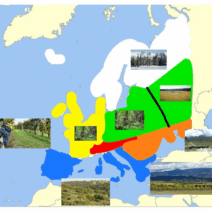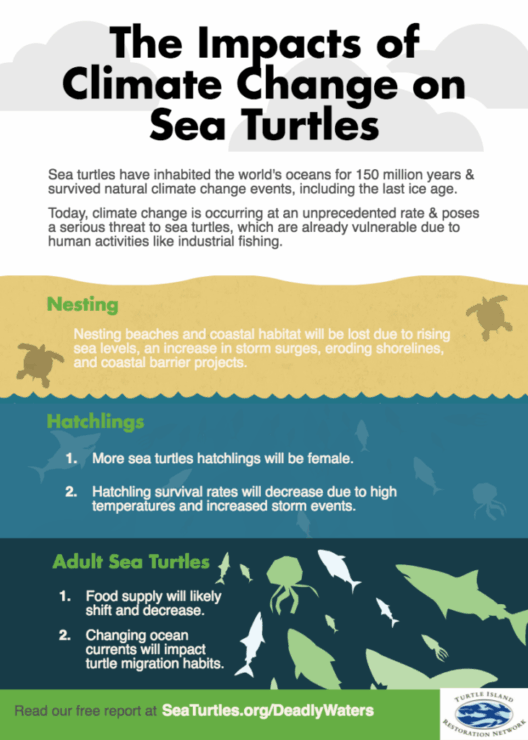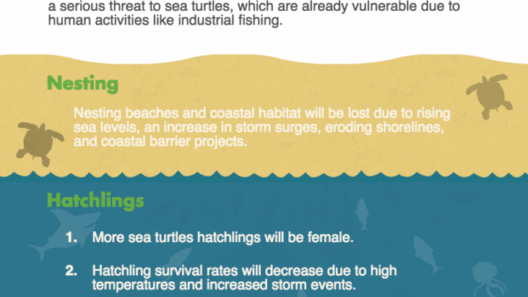The intersection of artificial intelligence (AI) and environmental sustainability is a subject of increasing scrutiny. While AI holds remarkable potential for advancing various sectors, its environmental impact warrants critical examination. This article will delve into the multifaceted relationship between AI and climate change, analyzing both its benefits and detriments.
Artificial intelligence, in its essence, encompasses algorithms and systems designed to execute tasks typically requiring human intelligence. This broad definition includes machine learning, natural language processing, and robotic automation, all of which are utilized across numerous industries. However, the burgeoning prevalence of AI technologies introduces significant concerns regarding energy consumption and resource allocation.
One of the most pressing issues is the sheer magnitude of computational power required for training sophisticated AI models. For example, deep learning techniques, particularly those using neural networks, necessitate extensive data processing. This process can involve hundreds to thousands of GPUs (Graphics Processing Units), which are notorious for their voracious appetite for electricity. Reports estimate that training a single AI model can emit as much greenhouse gas as five cars over their entire lifetime. Such figures underscore the urgent need to scrutinize the carbon footprint associated with AI development.
The reliance on data centers further compounds these concerns. These repositories of information house the physical servers that run AI algorithms. Global data centers consume approximately 1-2% of the world’s energy supply—an astonishing figure that parallels the energy consumption of entire countries. The environmental toll is becoming evident; cooling systems required to prevent overheating in these facilities also contribute to heightened energy use. As AI applications proliferate, so too does the demand for more robust data infrastructure, further exacerbating the strain on energy resources.
In addition to energy consumption, the sourcing and disposal of materials for hardware contribute to ecological degradation. The production of AI hardware involves mining for rare earth minerals and metals, processes prone to environmental devastation. Ecosystems can be irreparably harmed, and local communities often bear the brunt of the adverse impacts. Thus, the environmental cost of creating AI extends beyond the confines of battery power and electricity consumption. The lifecycle of technology must be reconsidered to mitigate its ecological footprint.
On the other hand, AI is not solely a detriment to our planet. Numerous instances illustrate its potential to promote sustainability efforts. AI can enhance energy efficiency in various sectors, including transportation, agriculture, and construction. For instance, AI-driven algorithms can optimize energy use in smart grids, facilitating more efficient distribution of electricity and reducing waste. When employed in agriculture, predictive analytics can help farmers practice precision agriculture, optimizing water usage and reducing pesticide application. These advancements exemplify AI’s capacity for positive change if harnessed judiciously.
Moreover, AI can significantly contribute to climate modeling and environmental monitoring. Sophisticated algorithms can process vast datasets from satellites and sensors, enabling more accurate predictions of climate trends and natural disasters. This data-driven approach empowers policymakers to make informed decisions regarding climate action and resource management. Consequently, AI could play a pivotal role in driving global sustainability initiatives, assuming its deployment is aligned with environmental interests.
Nonetheless, striking a balance between leveraging AI’s benefits and mitigating its environmental toll remains a formidable challenge. The conversation surrounding energy-efficient AI solutions is ongoing, and various stakeholders—including technology companies, policymakers, and consumers—must collaborate to formulate more sustainable practices. Implementing energy-efficient algorithms, utilizing renewable energy sources for data centers, and promoting the recycling of hardware can contribute to establishing a more environmentally coherent framework for AI deployment.
It is also crucial to encourage transparency in AI development. By fostering open discussions about energy consumption and environmental impacts, stakeholders can cultivate an informed community that advocates for responsible AI usage. Deploying AI without considering its ecological ramifications could lead to unforeseen consequences that stall progress toward a sustainable future.
The duality of AI as both a potential ally and adversary in humanity’s fight against climate change is clear. As the development of AI systems accelerates, the imperative to assess their environmental impact concurrently intensifies. Policymakers must heed the ramifications of unchecked AI proliferation and endeavor to craft regulations that ensure technological advancements do not come at the cost of our planet.
In conclusion, the narrative surrounding AI’s role in climate change is complex and multilayered. While it is imperative to acknowledge the substantial energy demands associated with AI, it is equally vital to recognize its transformative potential in fostering sustainable practices. By embracing a holistic approach and prioritizing eco-conscious innovation, stakeholders can collaboratively pave the way for AI to emerge as a tool for environmental stewardship rather than a contributor to ecological decline.






